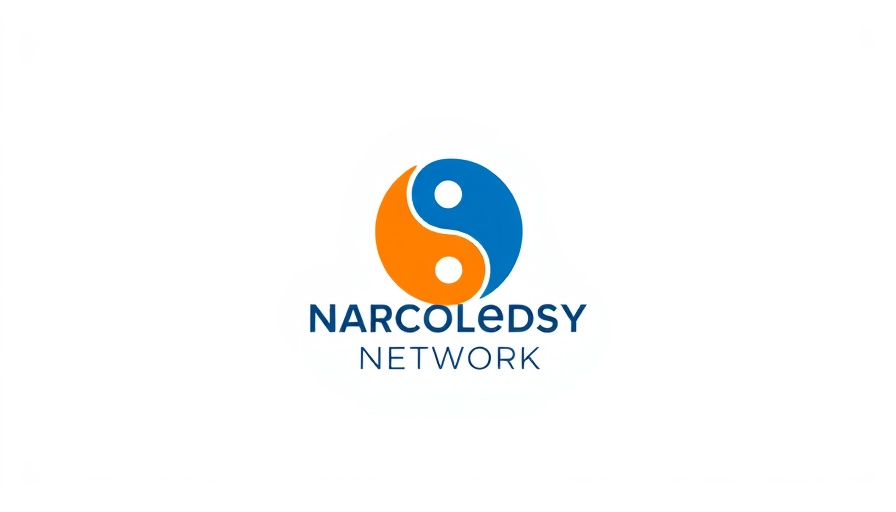
Can Naps Without Sleep Revolutionize Brain Function?
Imagine a scenario where you could boost your cognitive abilities without ever having to drift off into sleep. Recent pioneering research suggests this may one day become a reality. A study featured in Science indicates that brief, non-REM naps have positively influenced performance in brain functions among primates, specifically macaque monkeys.
The Science Behind Artificial Naps
This research didn’t stop at understanding natural naps; it took a fascinating turn when scientists experimented with electrically stimulating the monkeys’ brains during their awake state. Remarkably, this artificial napping technique mirrored sleep-like brain activity, leading to similar cognitive benefits as traditional napping methods. Although the study is experimental and confined to animal subjects, the potential implications for humans, particularly for those grappling with sleep disorders or busy lifestyles, are tremendous.
The Realities of Regular Napping
While the idea of an artificial nap sounds delightful, what does the research on traditional napping tell us? Mixed findings abound regarding the health implications of daytime rest. Some studies indicate potential risks associated with longer or inconsistent naps, particularly in older adults. Research shared at the 2025 SLEEP conference revealed that lengthy naps can correlate with a greater mortality risk.
Conversely, positive insights have also emerged. A 2023 study from University College London highlights the association between habitual napping and larger brain volume, suggesting that regular nappers may experience slower brain shrinkage as they age. Yet another study from UC San Francisco and Harvard found that older individuals who consistently napped for over an hour had a significantly increased risk of developing Alzheimer’s disease.
How to Nap Effectively
With conflicting evidence surrounding naps, what are the best practices for maximizing their benefits? The American Academy of Sleep Medicine advises keeping daytime naps between 20 and 30 minutes, ideally taken in the early afternoon. This short resting period can uplift your mood and improve alertness while avoiding the groggy aftermath often associated with longer naps.
The Future of Artificial Napping
Looking ahead, could brain stimulation techniques eventually assist humans in mimicking the restful effects of a nap? As the idea of artificial naps expands, research may unveil innovative solutions for enhancing cognition and alleviating fatigue for busy professionals and sleep-deprived individuals alike.
Why This Research Matters
As competitive pressures rise, the demand for efficient productivity solutions becomes increasingly vital. For executives and entrepreneurs aged 35 to 55, navigating high-stress environments while maintaining optimal performance often leads to compromised sleep. Understanding the evolving landscape of napping—both natural and artificial—presents a unique opportunity to explore techniques that can foster better brain health and productivity.
Your Actionable Insights
If you’re feeling overwhelmed by your relentless schedule, consider integrating more intentional short naps into your routine. Pay attention to your napping habits, ensuring they are consistent and appropriately timed to yield maximum benefits. And keep an eye on future developments in sleep science—who knows? The day may come when an electrifying nap without actual sleep is at your fingertips.
 Add Row
Add Row  Add
Add 




Write A Comment